Reflecting on a Milestone Year: How Artificial Intelligence is Shaping Diamond Mining and Sales
As the Chief Executive Officer and Managing Director of Burgundy Diamond Mines Limited, the year 2023 has been nothing short of transformative. With my background in Artificial Intelligence (AI), from my studies at Harvard University, and extensive experience in the technology and consulting fields, I’ve had the unique opportunity to lead Burgundy through significant growth and operational advancements, particularly in the realms of AI and advanced technologies.
The Integration of AI in Our Operations
We have always been at the forefront of adopting breakthrough technologies, and this year was no exception. The integration of artificial intelligence into our diamond exploration and mining operations has been a remarkable journey, allowing us to optimize our operations and make significant strides in efficiency and productivity.

Artificial Intelligence has been instrumental in our systematic exploration efforts, utilizing newly applied machine learning technology. This has not only helped to refine our exploration techniques but has significantly contributed to our environmental conservation efforts by minimizing our ecological footprint—a testament to our commitment to sustainable mining practices.
AI Fueling Advancements in Diamond Sales
Equally transformative has been the adoption of AI in enhancing our diamond sales process. Our proprietary and company-owned managed auction platform is powered by sophisticated algorithms that ensure full transparency and fairness, helping us secure the most competitive market prices for our diamonds.
The strength of our auction system, managed from our Antwerp, Belgium office, demonstrates how technology—when harnessed correctly—can offer unparalleled benefits to traditional industries. The result of this innovative approach was evident with our ability to sell all available rough diamond inventory by the end of the year, despite a challenging market.
Looking Ahead: AI’s Role in Future Growth
The year 2024 promises to be even more exciting as we plan to further leverage artificial intelligence and other innovative technologies to enhance our operational efficiency and sales efforts. Our strategic focus remains on extending the life of the Ekati mine and exploring new growth opportunities, all while maintaining our commitment to sustainability and stakeholder engagement.
Reflecting on the broader impact of AI on industries, notably mentioned in our previous articles such as “AI in Video Gaming: Revolutionizing the Digital Realm,” we can draw parallels in how AI’s adoption is revolutionizing traditional sectors, bringing about unprecedented efficiency, and opening new avenues for growth and innovation.
In closing, the journey Burgundy has embarked on, integrating AI into our core operations, is not just about technological advancement but also about setting a new benchmark for the diamond mining and sales industry. It represents a blend of innovation with responsible mining and sales practices, aligning with our vision for a sustainable and technologically advanced future.
We remain optimistic yet cautious about the future of AI in our industry, acknowledging its potential to profoundly shape the global diamond market. As we continue to navigate these exciting developments, we stay committed to leveraging AI responsibly, enhancing our operations, and contributing positively to the communities and environments we operate in.
Thank you for your continued support and belief in our mission to redefine the diamond industry for the better.
– Kim Truter, CEO & MD, Burgundy Diamond Mines Limited
Focus Keyphrase: Artificial Intelligence in Diamond Mining
 >
> >
> >
>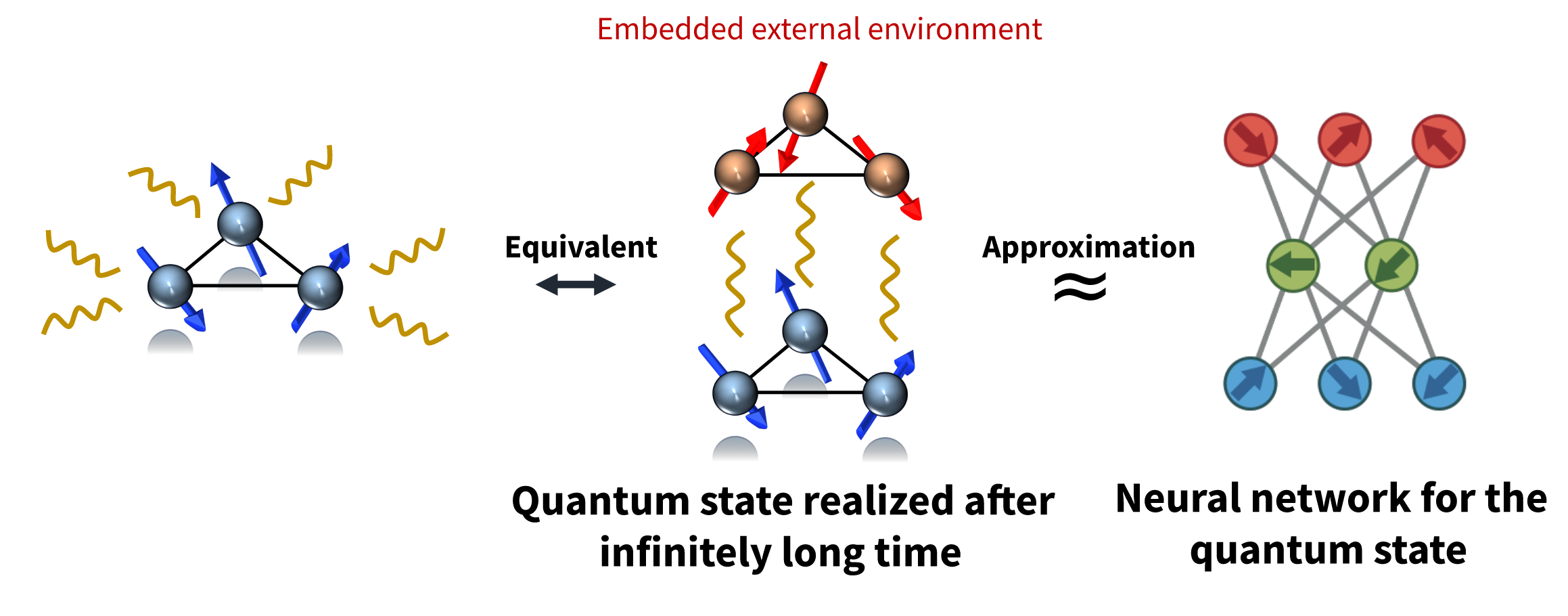 >
> >
>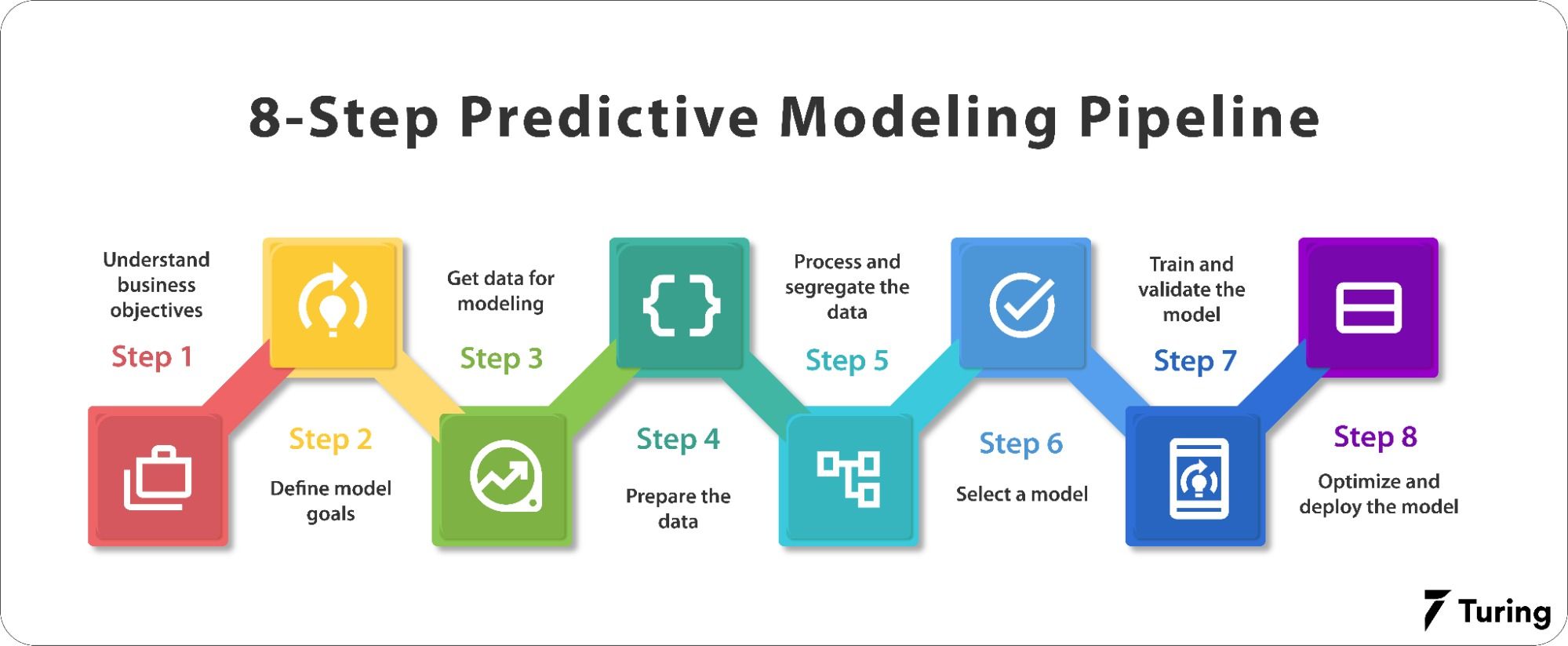 >
>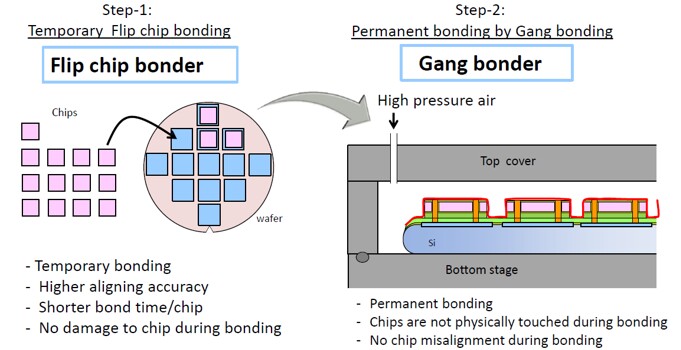 >
>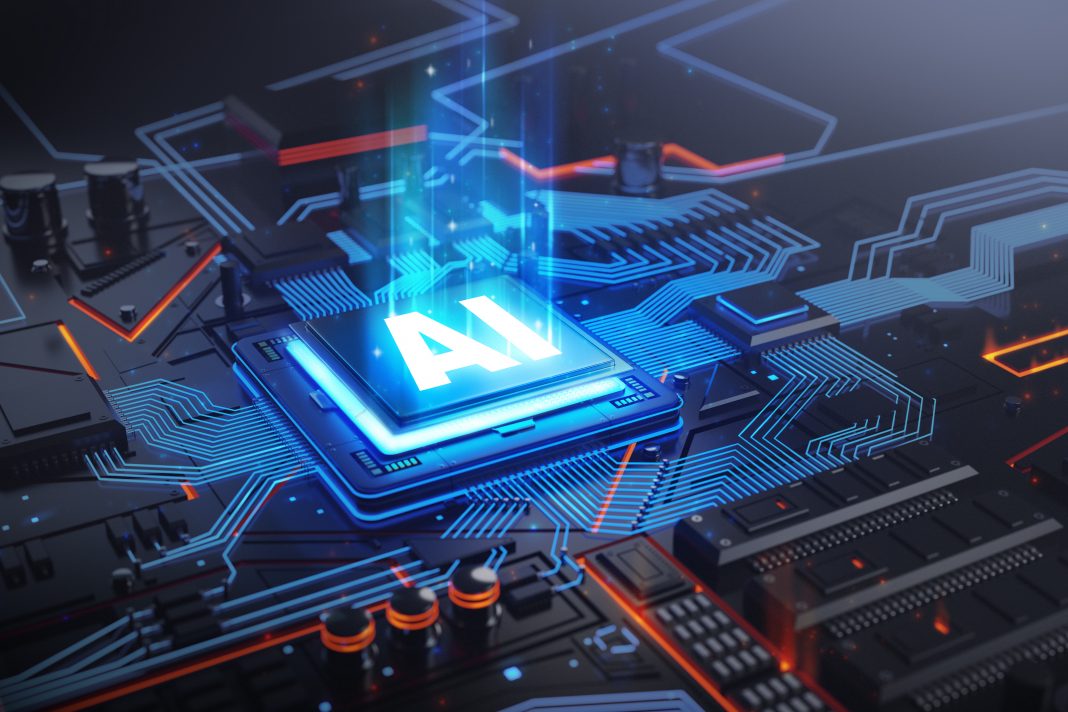 >
>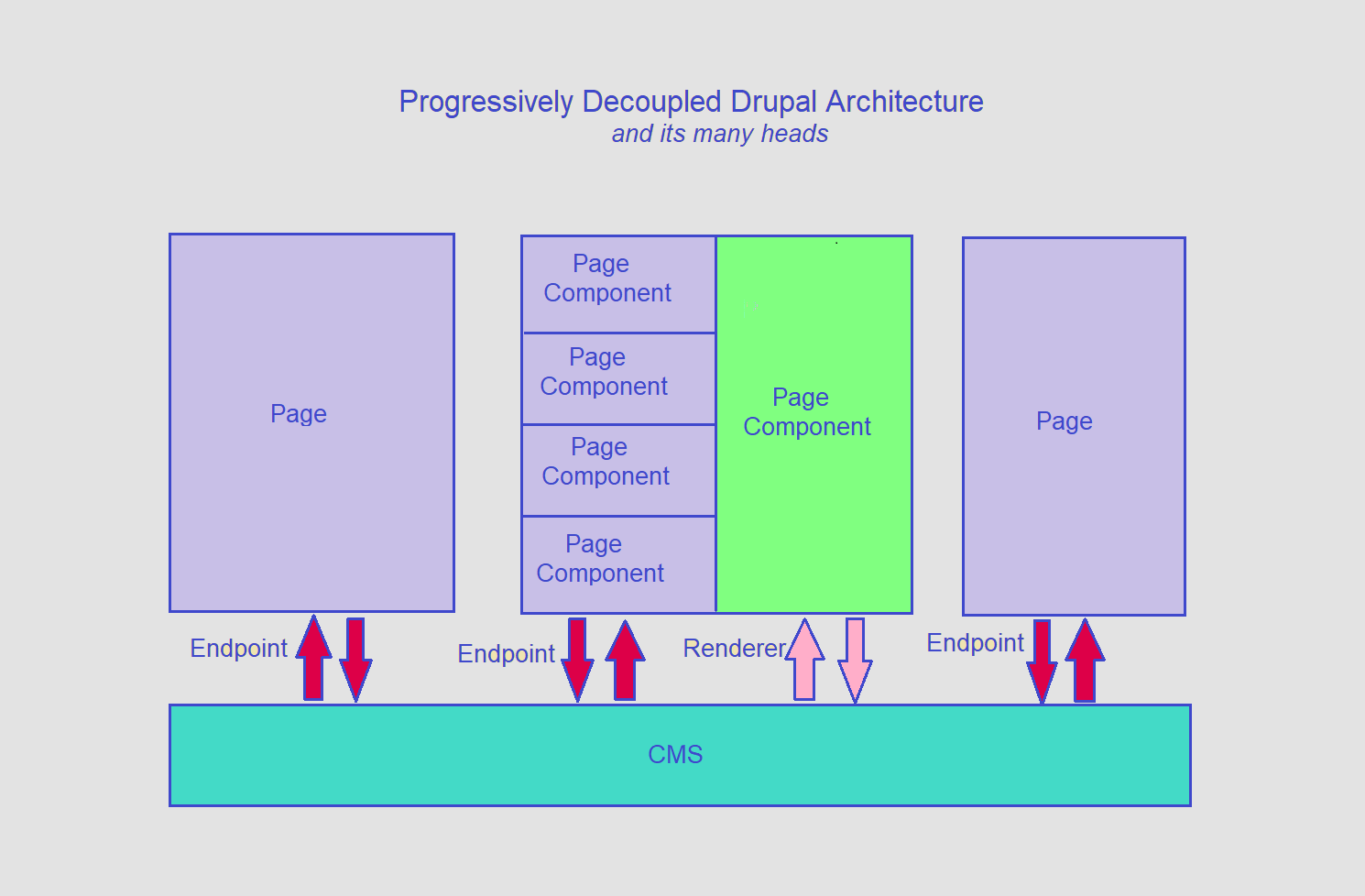

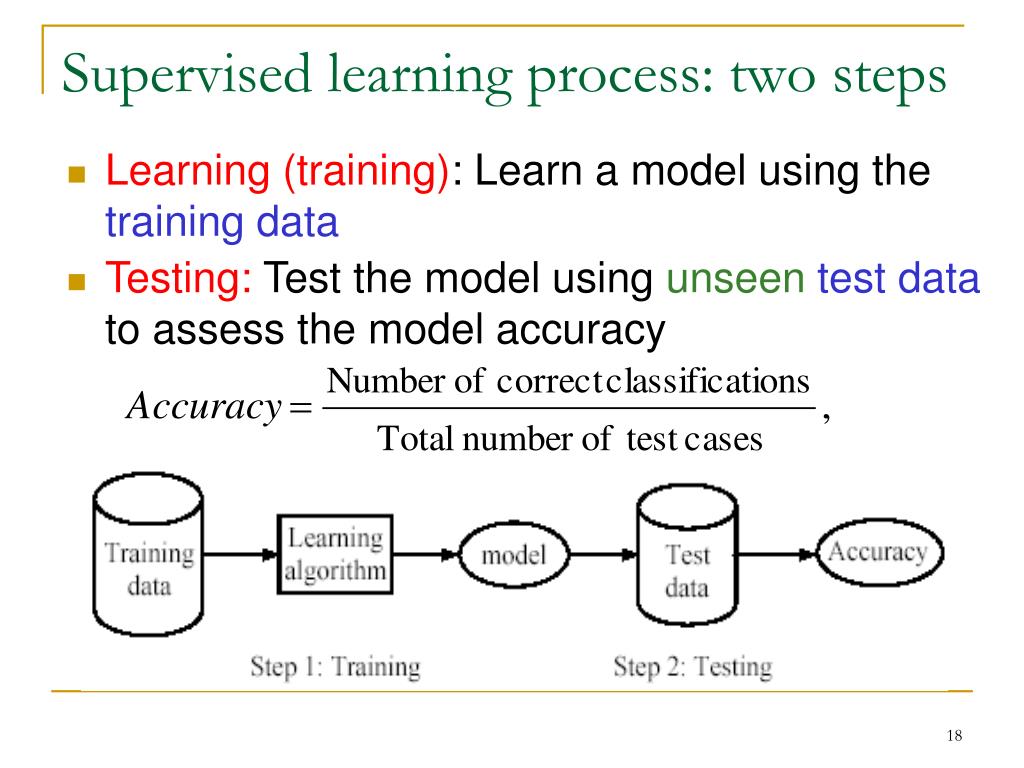 >
>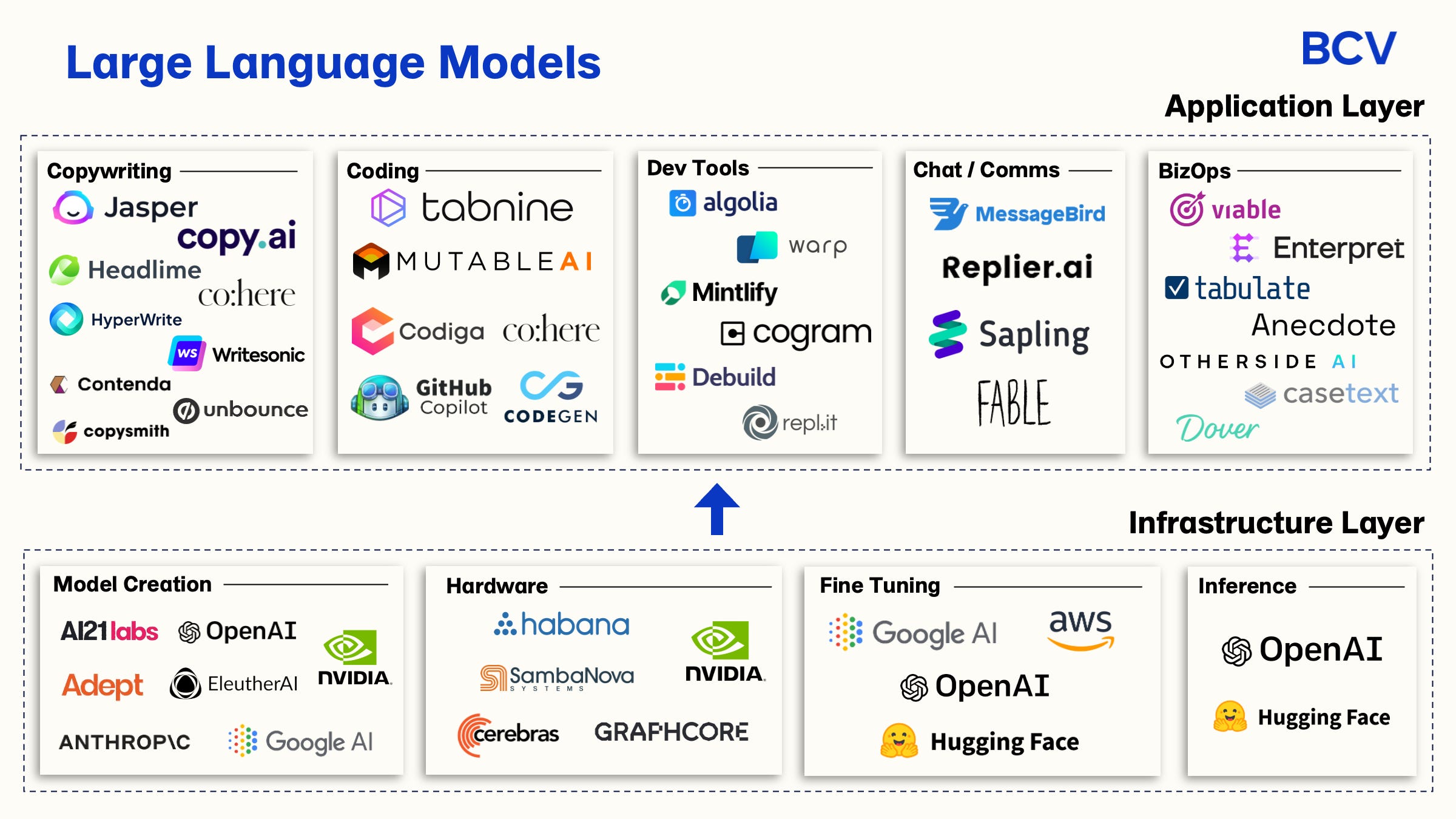 >
>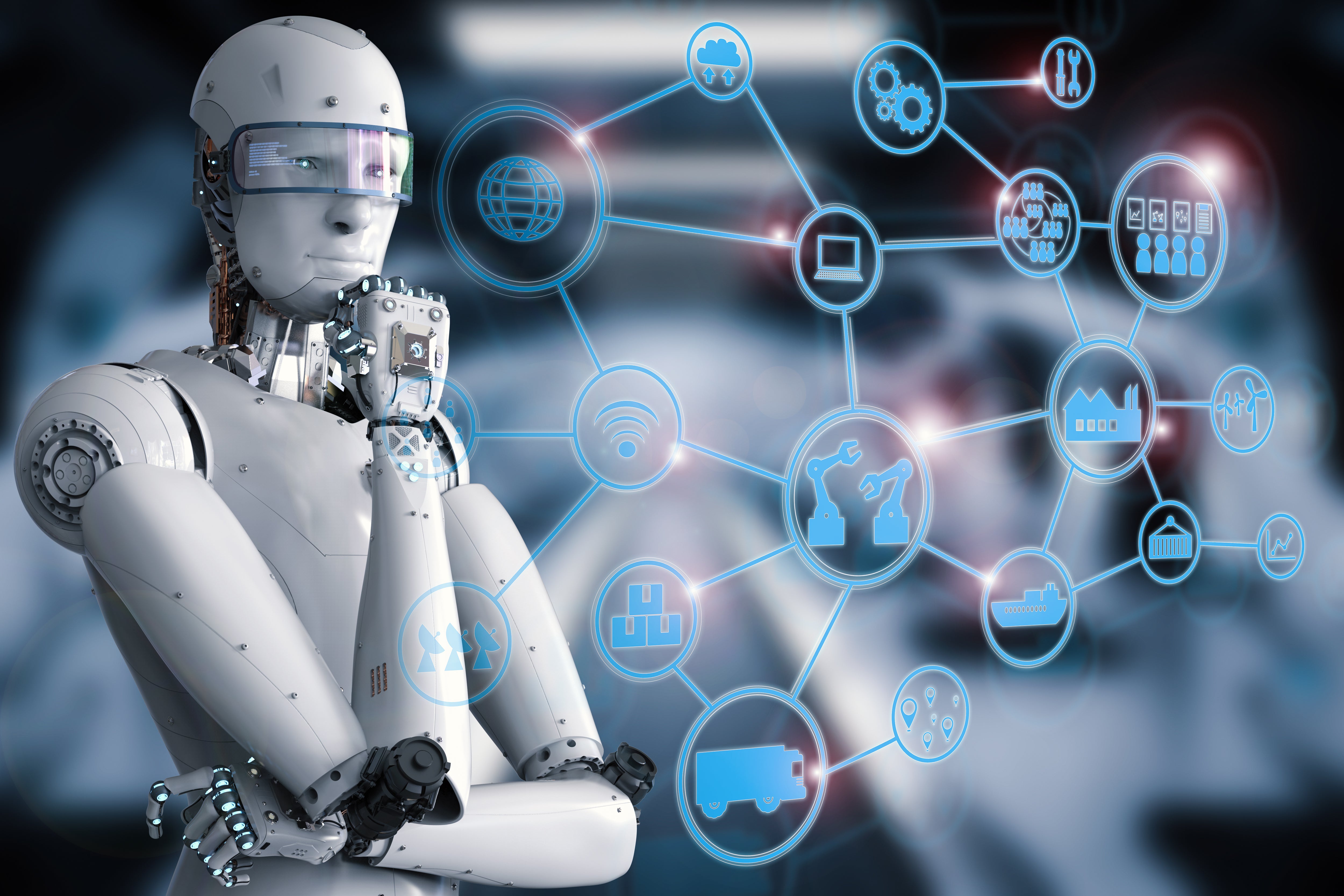 >
>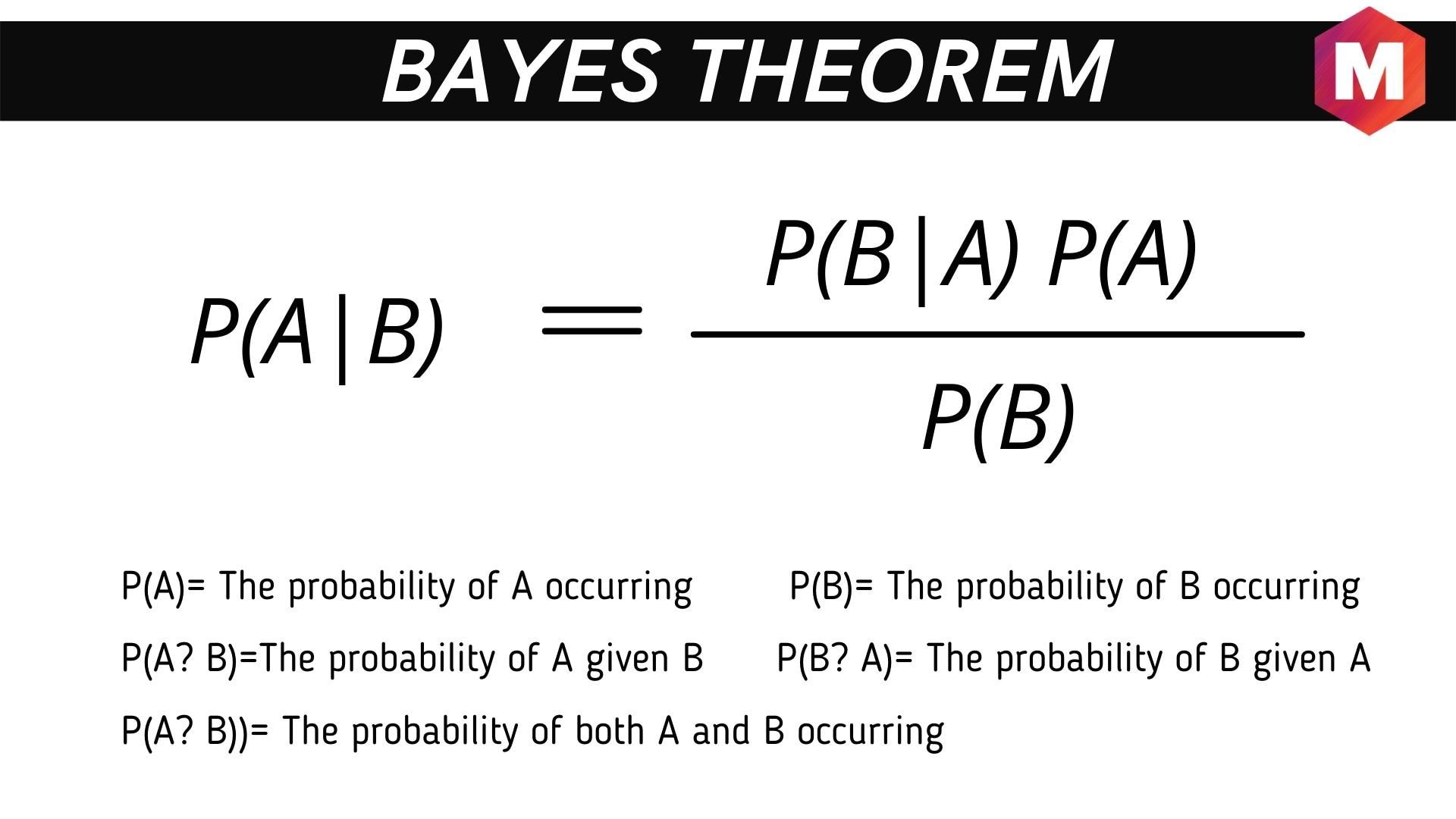
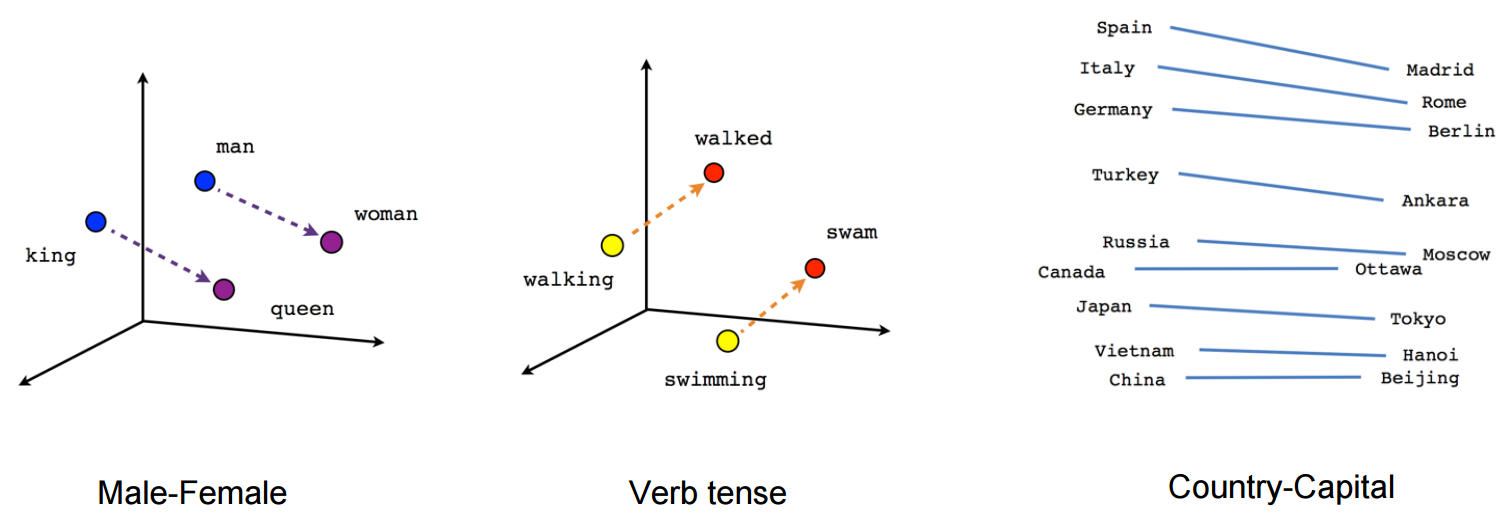 >
>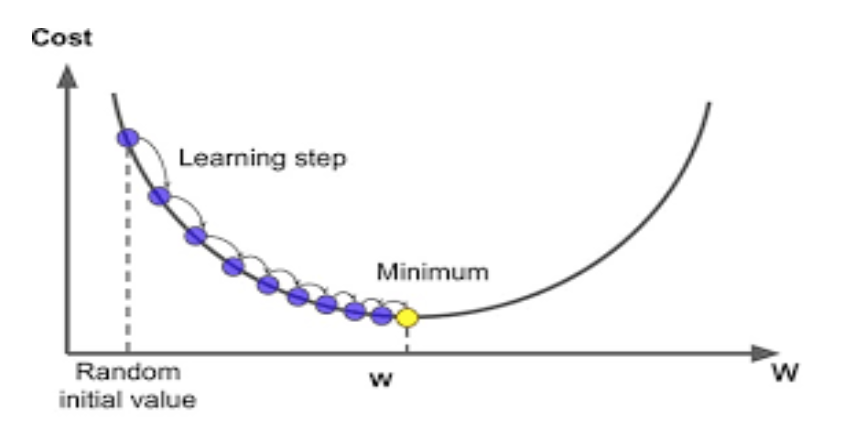 >
>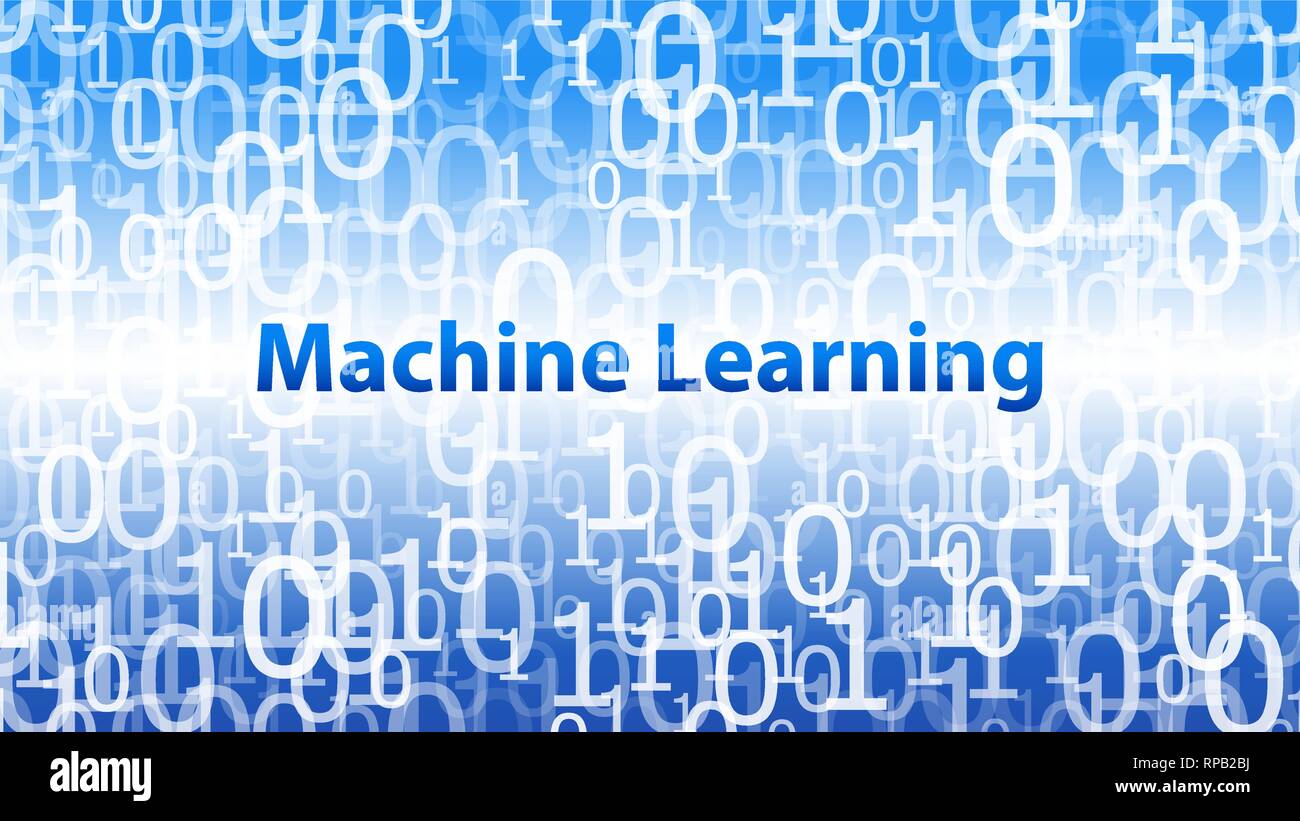 >
>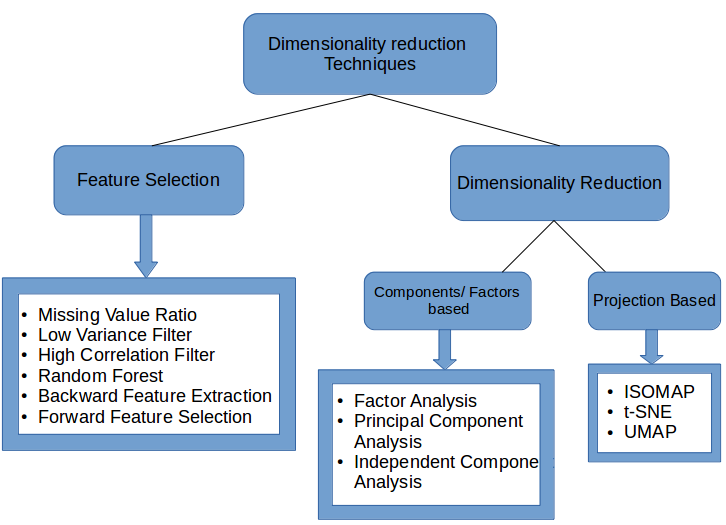 >
>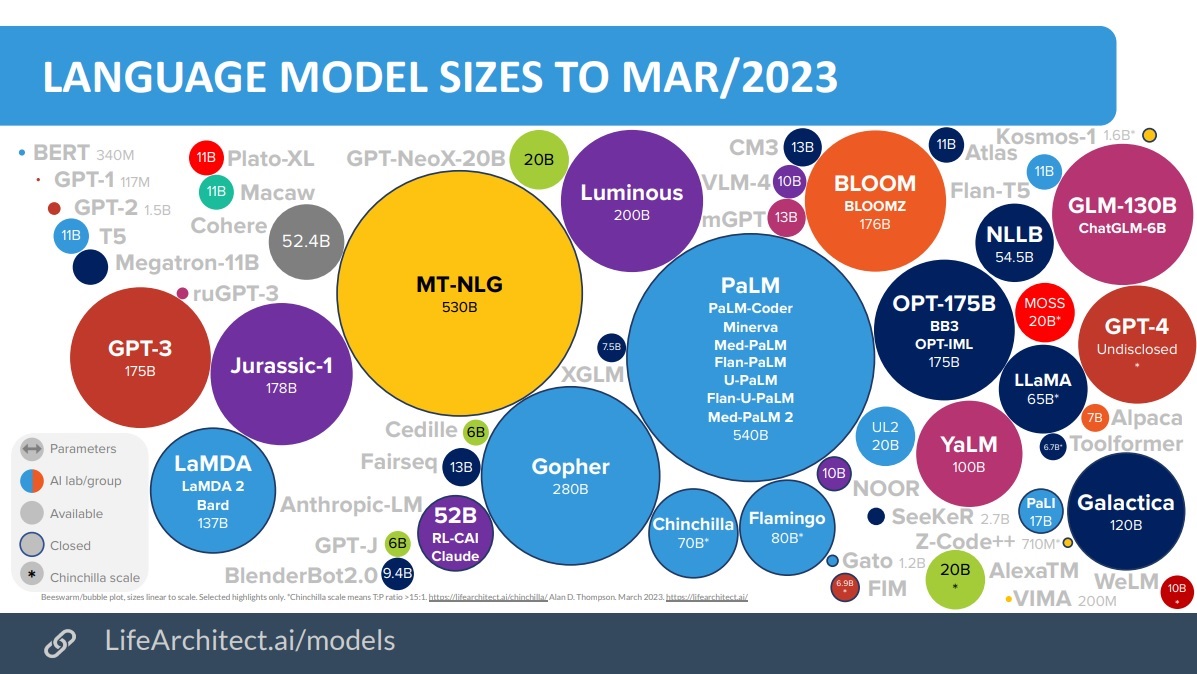 >
>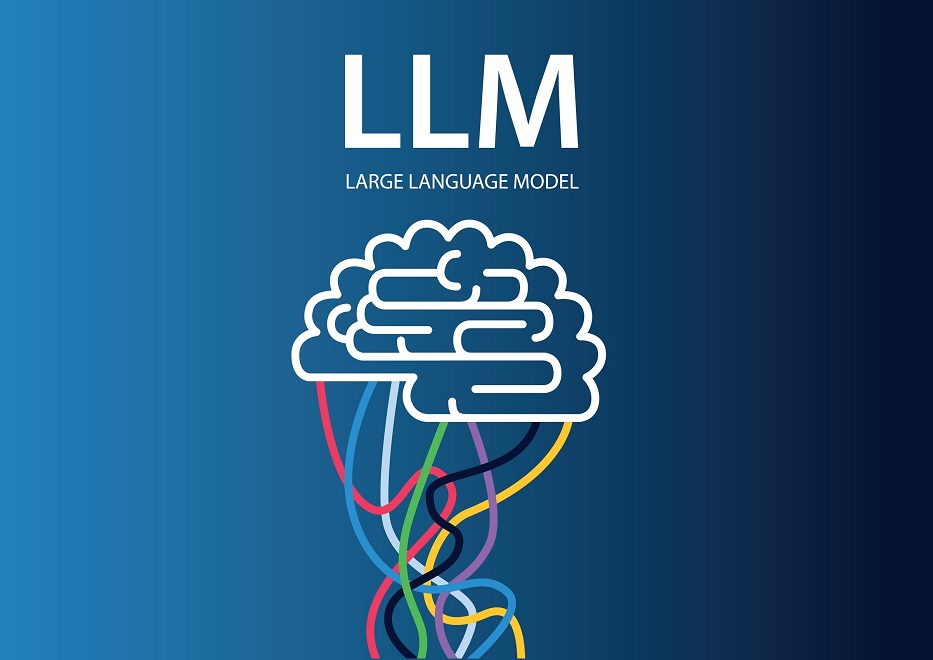 >
>